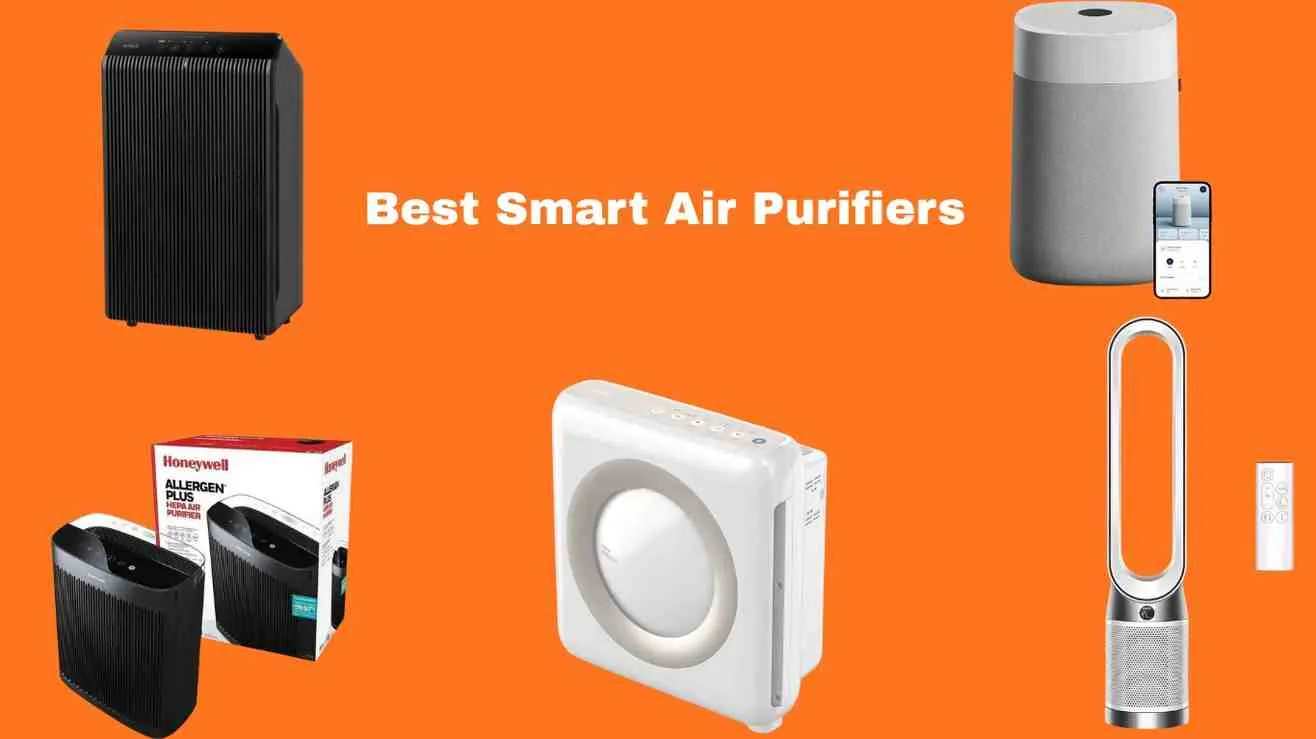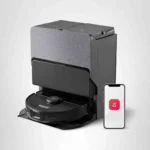Your home is your sanctuary, but the air inside might be more polluted than you think. With new advancements in air purification technology, the smart air purifier has become the centerpiece of a healthy, modern home. These connected devices go far beyond simple filtration, offering real-time insights and automated performance that effortlessly ensure you breathe the cleanest air possible.
For 2025, we’ve analyzed the top models to bring you a guide to the best smart air purifiers that offer a blend of superior filtration, intelligent features, and sleek design.
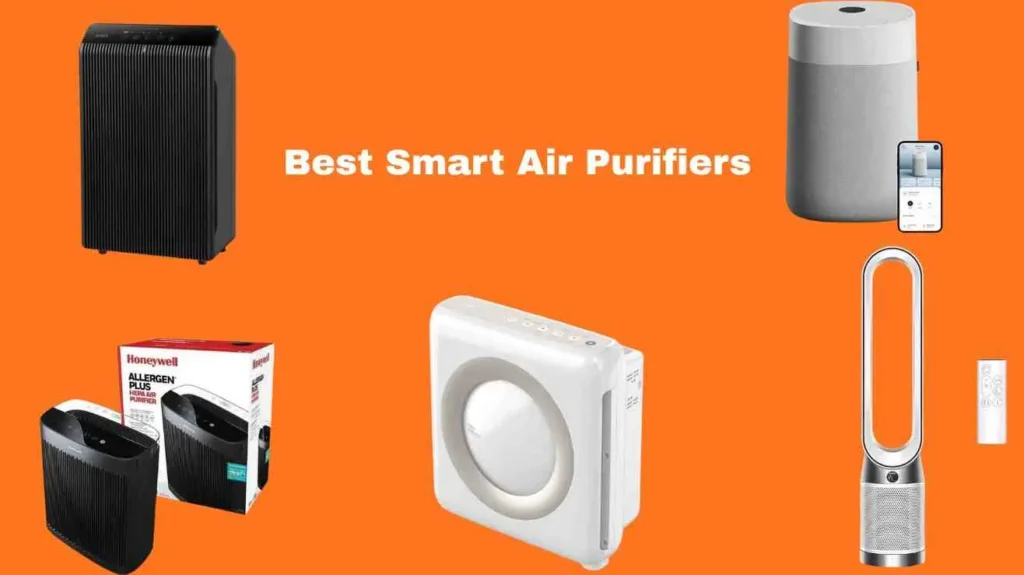
Table of Contents
Air Furyfier 6: Advanced HEPA Filtration for Modern Homes
1. Dyson Purifier Cool (PC1)
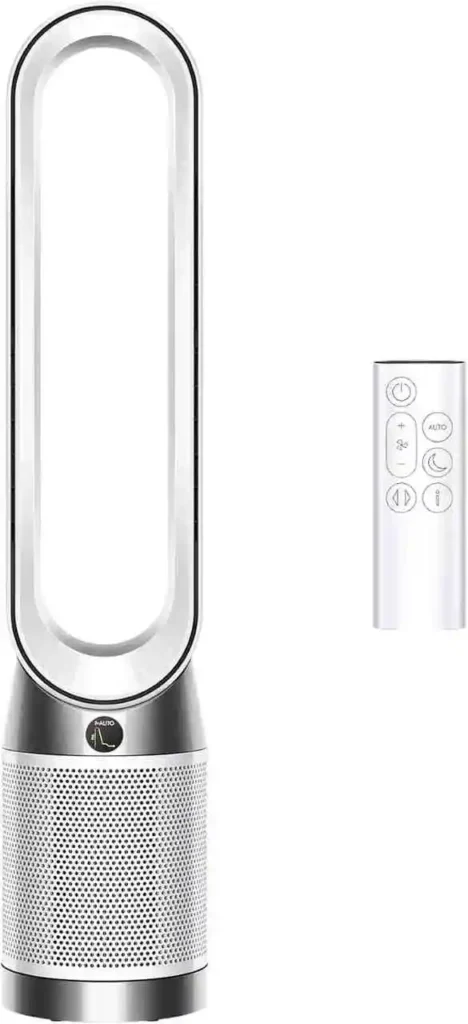
Best for: Smart air purification with efficient cooling
Key Features:
- Advanced HEPA H13 + Activated Carbon filtration
- Air Multiplier™ technology for powerful, even airflow
- 350° oscillation for full-room coverage
- Smart control via “MyDyson” app and voice assistants
- Quiet operation with sleek, lightweight design
Why it stands out: The Dyson Purifier Cool PC1 combines modern design with precise air purification. It monitors air quality in real time, automatically adjusts performance, and keeps rooms cool and fresh. Ideal for tech-savvy homeowners who want clean air and comfort in one stylish device.
2. Coway Airmega AP-1512HH Mighty

Best for: Compact rooms and apartments
Key Features:
- 4-stage filtration with True HEPA filter
- Air quality indicator with Smart Auto mode
- Energy Star certified
- Alexa-enabled (via Airmega app)
Why it stands out: A powerful yet affordable purifier that intelligently adjusts fan speed based on air conditions. It’s compact, quiet, and easy to maintain.
3. Levoit Core 600S Smart Air Purifier

Best for: Large rooms (up to 635 sq. ft.)
Key Features:
- H13 True HEPA + activated carbon filter
- Works with Alexa and Google Home
- VeSync app control for scheduling and tracking
- Real-time PM2.5 air quality monitoring
Why it stands out: This purifier is a powerhouse-fast, efficient, and smart. It’s perfect for living rooms, offices, or open-plan spaces.
4. Blueair Blue Pure 211i Max
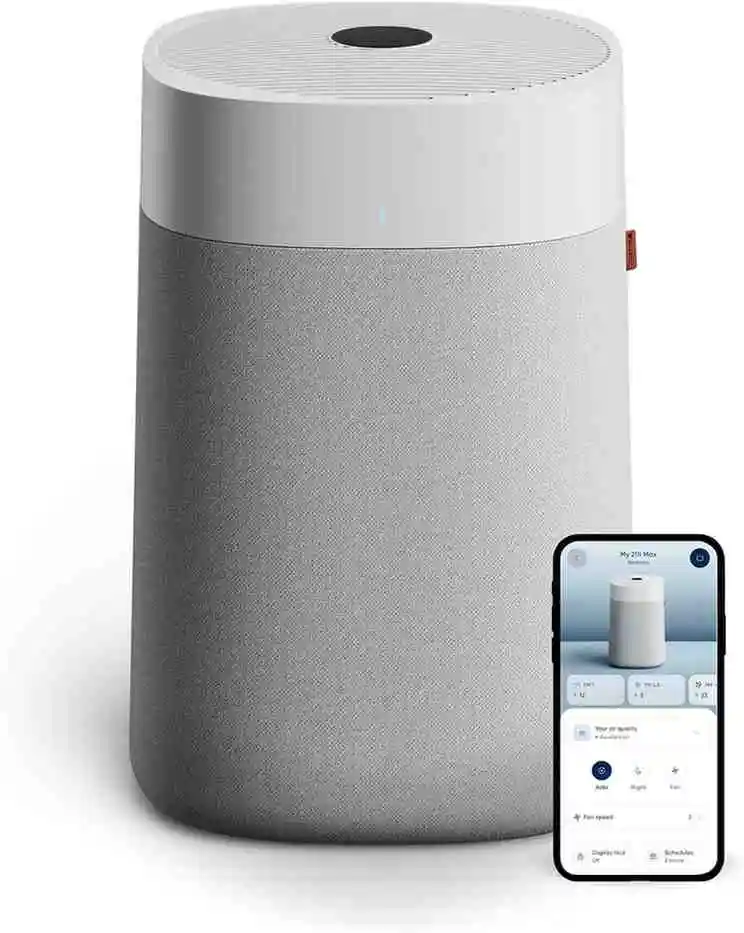
Best for: Large rooms and powerful all-around air cleaning
Key Features:
- 4-stage filtration with True HEPA and PlasmaWave® technology
- Washable pre-filter and activated carbon deodorization layer
- Smart Wi-Fi control with real-time air quality monitoring
- Auto Mode adjusts fan speed based on air quality sensors
- ENERGY STAR® certified for low energy use
Why it stands out:
The Winix 5510 delivers exceptional purification performance using its proven PlasmaWave® system to neutralize pollutants and odors without producing harmful ozone. It’s designed for quiet operation and smart convenience, making it ideal for families, pet owners, and allergy sufferers who want cleaner air with minimal noise.
5. Winix 5510 Air Purifier
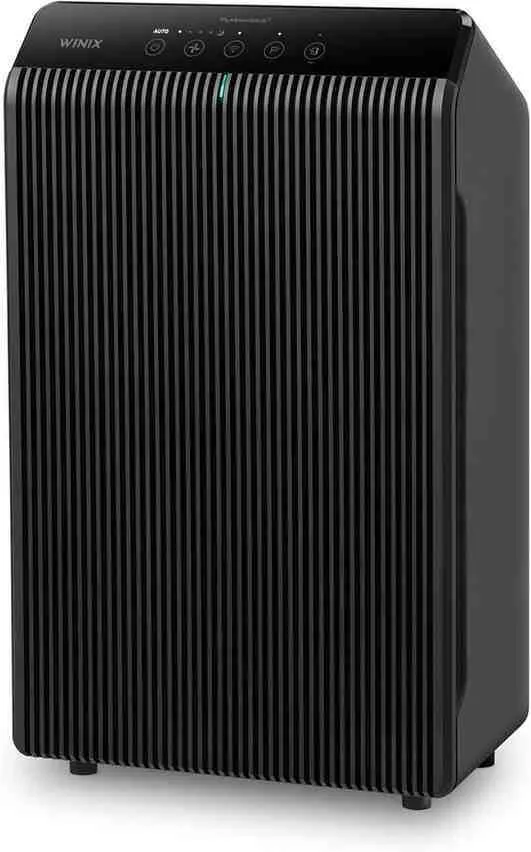
Best for: Portability and modern homes
Key Features:
- 3-in-1 filtration system
- Battery-powered option for mobility
- OLED touchscreen display
- Supports Alexa, Google Assistant, and Apple HomeKit
Why it stands out: This new-generation purifier is stylish and cordless-perfect for people who want clean air wherever they go.
6. Honeywell HPA5300 Smart Air Purifier
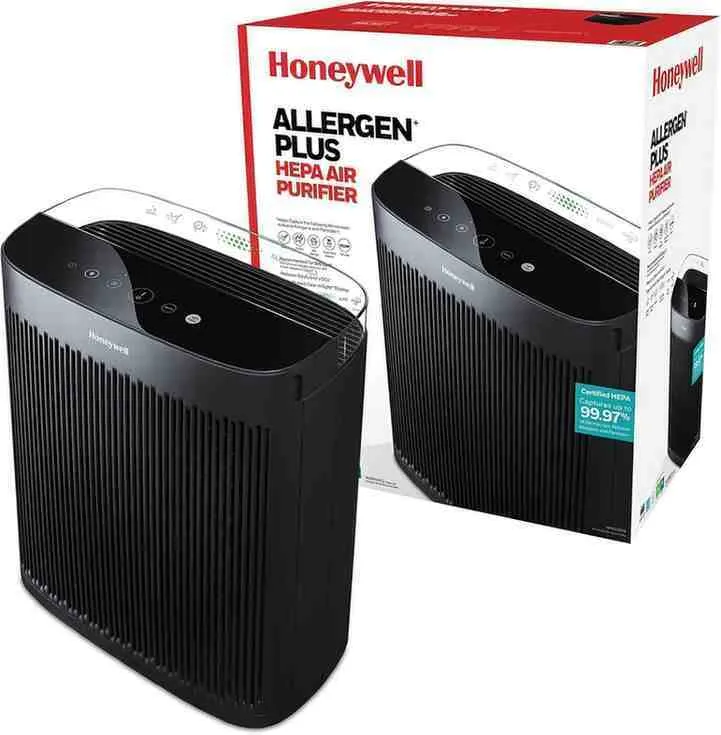
Best for: Allergy relief and larger homes
Key Features:
- Smart sensing with air quality indicator
- HEPA filtration for 99.97% allergen capture
- Compatible with Alexa and Google Assistant
- Customizable cleaning schedules
Why it stands out: Honeywell’s trusted filtration technology meets modern smart controls, making it a pick for allergy sufferers.
The Core Benefits of a Smart Air Purifier
A smart air purifier is more than just a fan with a filter. It’s a proactive health tool that seamlessly integrates into your life.
- Breathe Easier with Allergy & Asthma Relief: High-efficiency particulate air (HEPA) filters capture microscopic airborne irritants-like pollen, dust mites, and pet dander-that can trigger symptoms. Smart models can even ramp up purification during peak allergy season based on data.
- Neutralize Odors and Chemicals: Activated carbon filters absorb gases and Volatile Organic Compounds (VOCs) from cleaning products, paints, and cooking smells, leaving your air fresh.
- Enhance Sleep Quality: By removing airborne irritants that cause congestion and coughing, placing an air purifier in your bedroom can lead to deeper, more restful sleep. Many smart models feature ultra-quiet sleep modes and auto-dimming displays.
- Reduce Airborne Illnesses: True HEPA filters are capable of trapping tiny particles, including those associated with viruses and bacteria, helping to reduce their concentration in the air.
- Improve Energy Efficiency: Smart sensors and auto modes ensure the purifier only runs at high speed when pollution is detected, saving energy and reducing wear on the unit.
Key Smart Features to Look For in 2025
When shopping for a smart air purifier, the “smart” features are what elevate the experience from passive cleaning to active air management.
1. Real-Time Air Quality Monitoring
The best models feature high-precision sensors that detect particulate matter ($\text{PM}_{2.5}$) and VOCs. They provide live data on the unit itself and through a dedicated app, giving you a comprehensive view of your indoor air health.
2. App and Voice Control
A dedicated companion app (like Levoit’s VeSync or Coway’s app) allows you to:
- Control fan speed and modes remotely.
- View historical air quality graphs.
- Set detailed cleaning schedules.
- Receive filter replacement alerts. Many models also integrate with voice assistants like Amazon Alexa and Google Assistant for hands-free operation.
3. Automatic Adjustment (Auto Mode)
This is the most crucial smart feature for seamless operation. When the purifier’s sensor detects a spike in pollutants (like when you start cooking or a door opens), the Auto Mode automatically increases the fan speed. Once the air is clean, it quietly returns to a lower, energy-saving setting.
4. True HEPA Filtration
While not a “smart” feature itself, superior filtration is a must. Look for a True HEPA filter (which removes 99.97% of particles down to 0.3 microns) combined with an activated carbon filter for comprehensive particle and odor removal. Some premium models use more advanced filters, such as HEPA H13 or those that specifically target formaldehyde.
5. Energy Efficiency and Certifications
Look for the ENERGY STAR certification to ensure the unit runs efficiently. A smart purifier’s ability to run in Auto Mode helps maintain efficiency by avoiding unnecessary continuous high-speed operation.
Buying Guide: Matching the Purifier to Your Space
To get the most effective purification, consider your room size and needs:
- Coverage Area: Check the manufacturer’s recommended square footage. If your room size is at the very top of a model’s rating, choose the next size up for faster and more effective cleaning.
- Clean Air Delivery Rate (CADR): This is the speed at which the purifier can clean the air of smoke, pollen, and dust. Experts often suggest the CADR for smoke should be at least two-thirds ($\frac{2}{3}$) of the room’s area in square feet. Higher CADR means faster cleaning.
- Noise Level: For bedrooms, look for a model with a quiet Sleep Mode that operates under 50 dB. Smart purifiers often use light-detection sensors to automatically switch to their quietest setting when the lights go out.
Choosing a smart air purifier in 2025 is an investment in your long-term health. By combining powerful filtration with intelligent automation, these devices provide a set-it-and-forget-it solution for maintaining a consistently healthy indoor environment.
What are HEPA models?
A device marketed as a “HEPA model” or featuring a “True HEPA filter” means it contains a mechanical air filter that meets a rigorous standard set by the U.S. government.
The HEPA Standard
To qualify as a True HEPA filter, the filter must be capable of removing at least 99.97% of airborne particles that are 0.3 microns in diameter.
- This 0.3-micron size is often referred to as the Most Penetrating Particle Size (MPPS), meaning it is the size that is hardest for the filter to capture. If the filter can capture 99.97% of these, it can capture even smaller and larger particles with greater efficiency.
What HEPA Filters Remove
HEPA filters are highly effective at capturing common indoor air pollutants, which is why they are a key feature in air purifiers for healthy living:
- Allergens: Pollen, pet dander, dust mites, and mold spores.
- Particulates: Dust and smoke particles (including wildfire smoke).
- Bacteria and Viruses: Many airborne bacteria and viruses are captured because they are often larger than the 0.3-micron MPPS, or they attach to larger particles that are easily trapped.
The Difference: “True HEPA” vs. “HEPA-Type”
When shopping for air purifiers, it’s important to look for the term “True HEPA” or a specific HEPA class (like H13). Beware of marketing terms like “HEPA-like” or “HEPA-type,” which do not meet the official 99.97% efficiency standard and offer lower performance.
In the context of your article on Smart Air Purifiers for 2025, the term “HEPA Models” simply refers to the best air purifiers that incorporate this high-standard $\text{HEPA}$ filtration along with smart features like Wi-Fi and app control.
Final Thoughts
Clean air means a healthy life. With the latest smart air purifiers in 2025, you can enjoy both comfort and advanced technology. Whether you prefer an all-in-one Dyson or a compact Levoit, there is a smart purifier designed to fit every home and budget.
Start breathing better today and give your lungs the fresh air they deserve.

